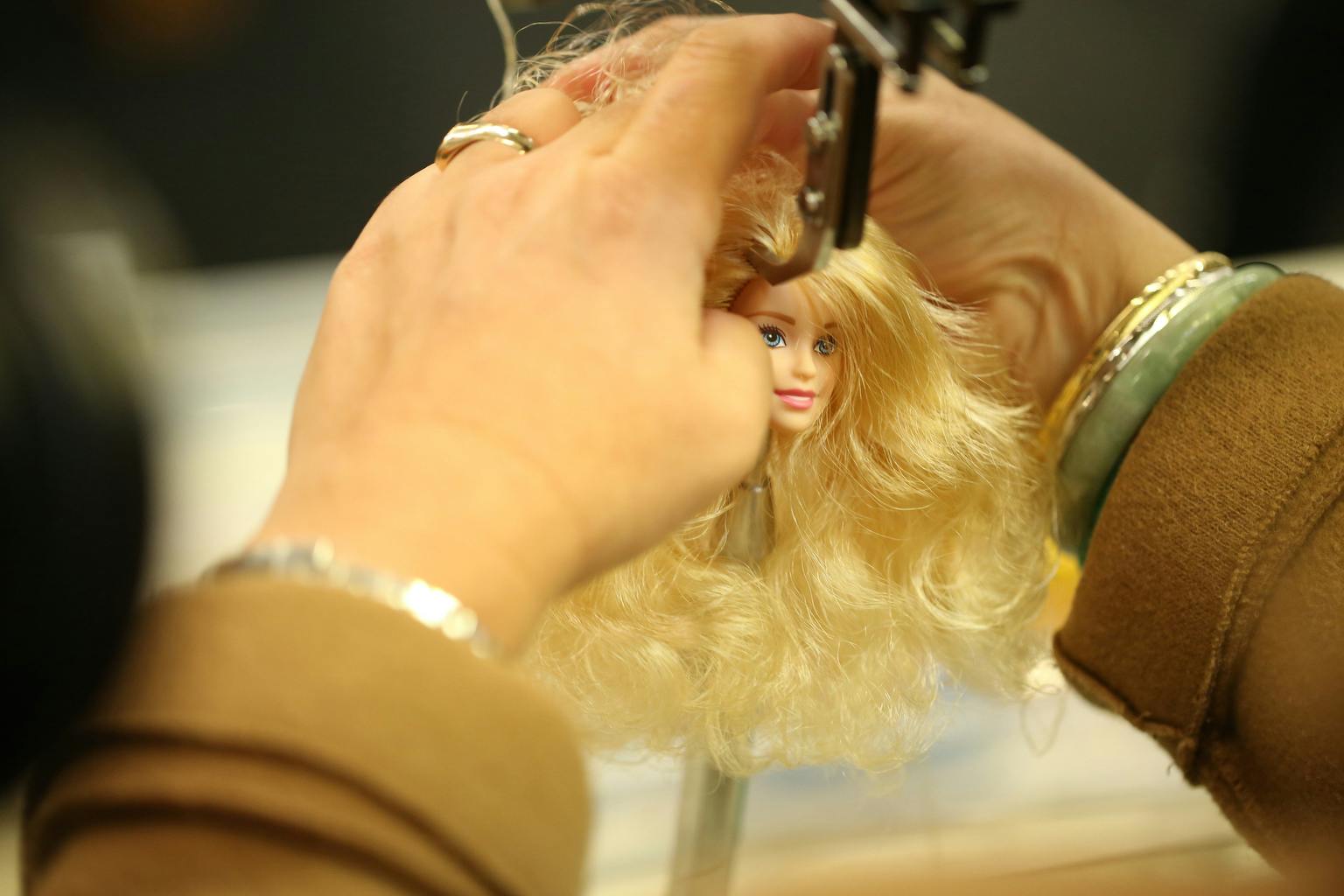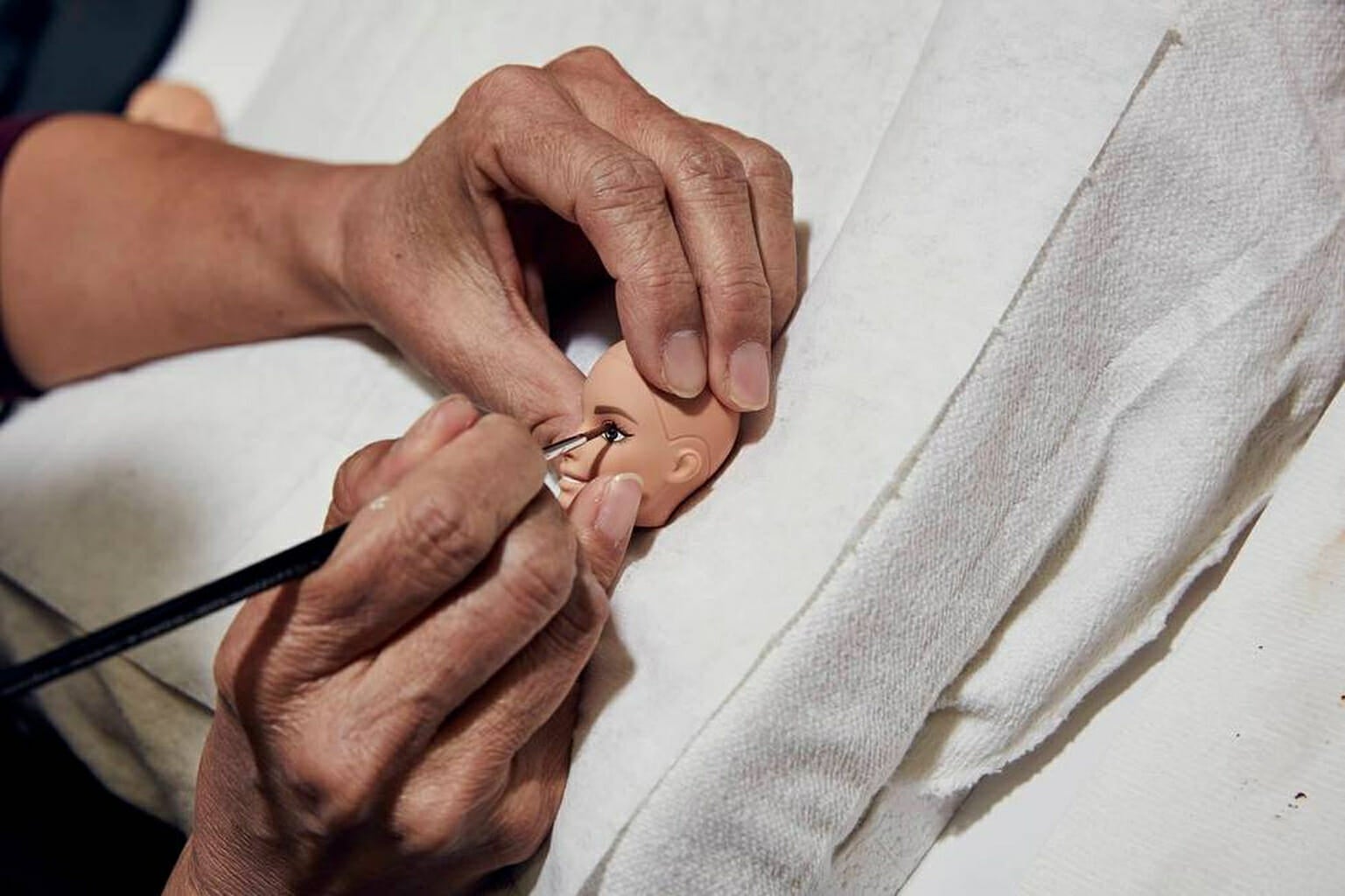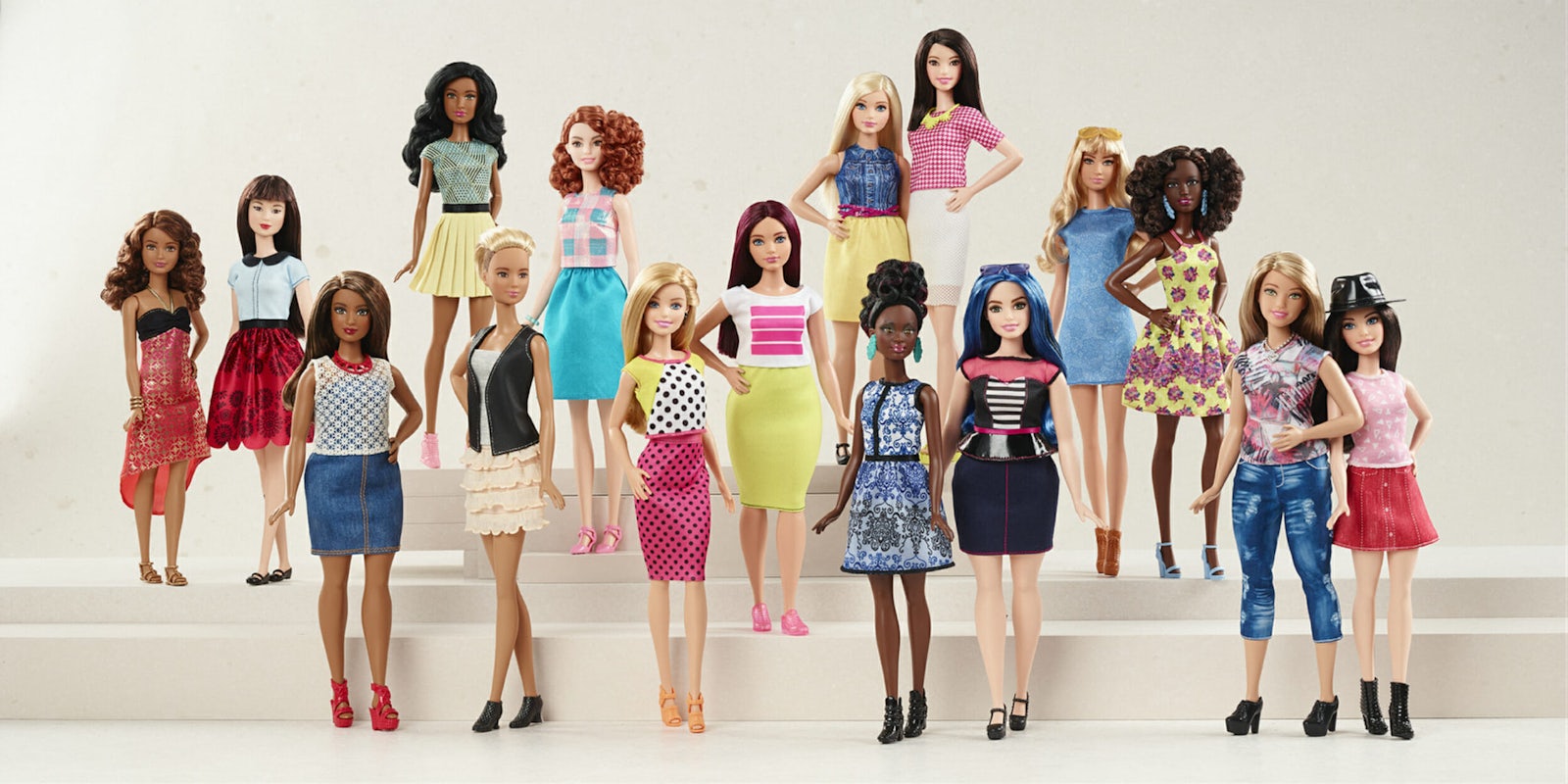Early in Tiny Shoulders: Rethinking Barbie, Mattel VP Michelle Chidoni offers an assessment about the doll and brand she is in charge of marketing: Barbie, she says, “comes with a lot of baggage.” It’s an understatement about the Barbie dreamhouse-sized elephant in the room, but that baggage (and the perception around it) is at the heart of a documentary that puts Barbie and its legacy under a lens in the wake of its historic redesign.

The debate about Barbie and the level of influence it’s had since the doll first launched in 1959 can often be a loaded one—and one handled with care by director Andrea Nevins. Tiny Shoulders juggles as a history lesson on Barbie, one filled with its own set of roadblocks for Mattel co-founder Ruth Handler as she pushed to create and sell a doll for young girls, with Mattel’s struggle to keep Barbie relevant in the wake of declining sales. The film features interviews with prominent Mattel employees, prominent feminist critics, and historians.

“It was not easy because you just, you want to dive deep into the history of the doll and then you need to come up for air to figure what’s going on now and then dive deep into the history and come up for air,” Nevins told the Daily Dot. “So finding those moments took a long time in the editing room. But I think we ended up at exactly the right spots.”
Barbie has always been a blank canvas, a toy in which consumers (mostly young girls) could project themselves onto. On the surface, Barbie is a piece of plastic, crafted and shaped with care, a toy with goals that can be shaped with something as simple as a wardrobe change and imagination.
“This doll had been such an avatar for women, womanhood, and femininity for almost 60 years,” producer Cristan Crocker explained.
But Barbie has also always been much more than that for many of the people who owned or played with a doll. Created at a time when the only dolls girls could play with were babies or made of paper, Barbie has always been both revolutionary and a product of its time. Barbie was career-driven and took on roles that weren’t readily available to women; it even went to the moon years before Neil Armstrong and Buzz Aldrin. But the doll also reflected the culture, at one point offering horrific dieting advice that explicitly stated: “Don’t eat.”

Barbie has been through the ringer for nearly 60 years. But what Tiny Shoulders shows is that no matter what your personal feelings about Barbie, chances are the people behind the doll have wrestled with the same critiques. They’ve debated it among themselves, bowing to pressure, evolving with the times, and doing something about those declining sales.
Eventually, Project Dawn—the name of the top-secret project to create Barbie dolls with different shapes—comes to power and makes changes to Barbie’s shape. It’s an almost-doomed process. Questions and details that might not have been an issue before suddenly become issues: Changing Barbie’s size is one thing, but its effect reaches from Barbie’s pink convertible all the way down to the doll’s very small shoes.

Culminating with the publication of Time magazine’s January 2016 cover story that debuted Barbie’s new looks—tall, short, and curvy models on top of the classic Barbie figure—is a tremendous sense of relief from the people who planned it. It took months of preparation, tests, and even a “practice war room” in which the publicity team did a practice run of what consumers and critics could say in response to reading the Time article. When they witness the mostly positive reaction, the exclamations of “Finally!” on social media, they breathe a little easier.
Tiny Shoulders probably won’t change how you feel about Barbie, although it might lead to some reminiscing about your own Barbie collection. It’s a reflection of the time during which Barbie expanded and transformed into something life-changing—even if some critics note in the documentary that the move to diversify Barbie’s body was motivated by money—but it drives home that Barbie is still a force to be reckoned with.
“I really hope that people recognize how complicated it is to be a woman in our society and that Barbie takes on a lot of that on her tiny shoulders,” Nevins said.
Tiny Shoulders: Rethinking Barbie is screening at the Tribeca Film Festival and debuts on Hulu April 27.
Still not sure what to watch on Hulu? Here are the best movies on Hulu, what’s new, the best shows on Hulu, the sexiest movies you can stream on the service, and the must-see Hulu originals.


